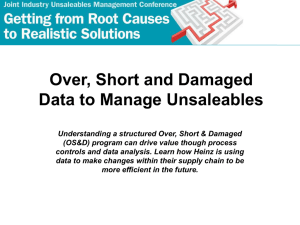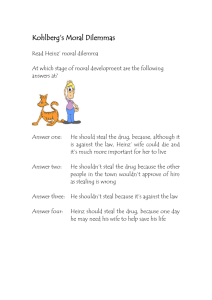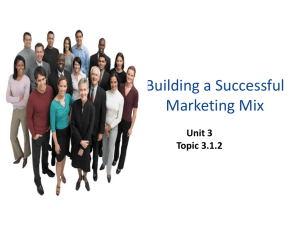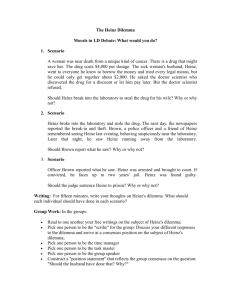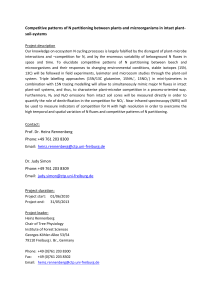case summary
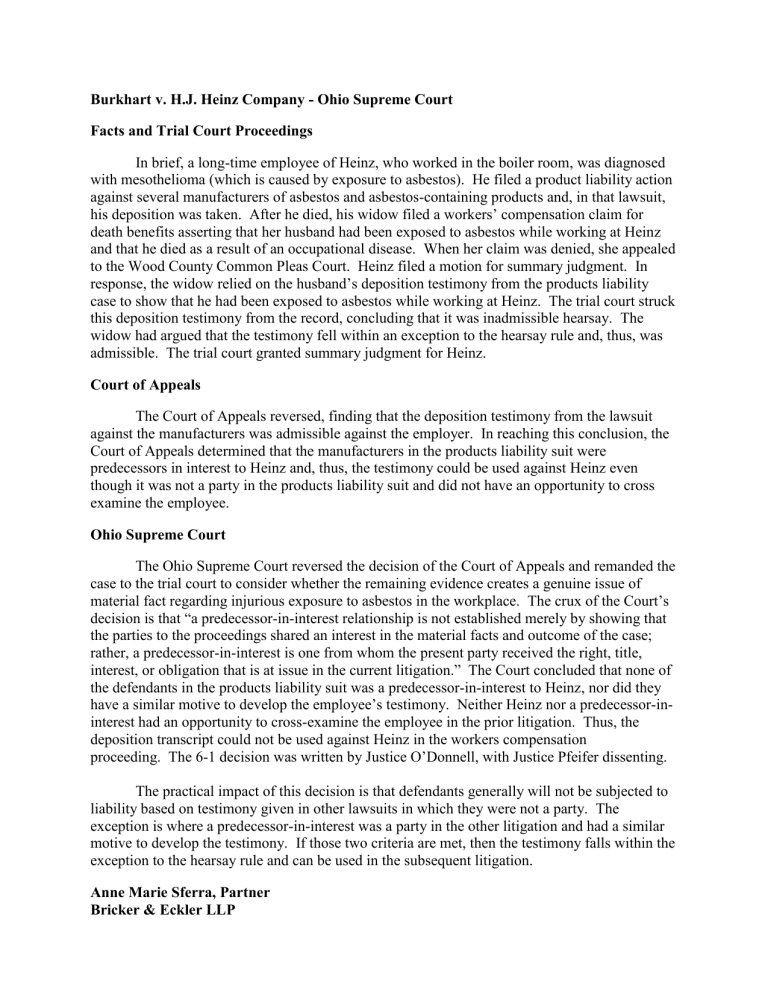
Burkhart v. H.J. Heinz Company - Ohio Supreme Court
Facts and Trial Court Proceedings
In brief, a long-time employee of Heinz, who worked in the boiler room, was diagnosed with mesothelioma (which is caused by exposure to asbestos). He filed a product liability action against several manufacturers of asbestos and asbestos-containing products and, in that lawsuit, his deposition was taken. After he died, his widow filed a workers’ compensation claim for death benefits asserting that her husband had been exposed to asbestos while working at Heinz and that he died as a result of an occupational disease. When her claim was denied, she appealed to the Wood County Common Pleas Court. Heinz filed a motion for summary judgment. In response, the widow relied on the husband’s deposition testimony from the products liability case to show that he had been exposed to asbestos while working at Heinz. The trial court struck this deposition testimony from the record, concluding that it was inadmissible hearsay. The widow had argued that the testimony fell within an exception to the hearsay rule and, thus, was admissible. The trial court granted summary judgment for Heinz.
Court of Appeals
The Court of Appeals reversed, finding that the deposition testimony from the lawsuit against the manufacturers was admissible against the employer. In reaching this conclusion, the
Court of Appeals determined that the manufacturers in the products liability suit were predecessors in interest to Heinz and, thus, the testimony could be used against Heinz even though it was not a party in the products liability suit and did not have an opportunity to cross examine the employee.
Ohio Supreme Court
The Ohio Supreme Court reversed the decision of the Court of Appeals and remanded the case to the trial court to consider whether the remaining evidence creates a genuine issue of material fact regarding injurious exposure to asbestos in the workplace. The crux of the Court’s decision is that “a predecessor-in-interest relationship is not established merely by showing that the parties to the proceedings shared an interest in the material facts and outcome of the case; rather, a predecessor-in-interest is one from whom the present party received the right, title, interest, or obligation that is at issue in the current litigation.” The Court concluded that none of the defendants in the products liability suit was a predecessor-in-interest to Heinz, nor did they have a similar motive to develop the employee’s testimony. Neither Heinz nor a predecessor-ininterest had an opportunity to cross-examine the employee in the prior litigation. Thus, the deposition transcript could not be used against Heinz in the workers compensation proceeding. The 6-1 decision was written by Justice O’Donnell, with Justice Pfeifer dissenting.
The practical impact of this decision is that defendants generally will not be subjected to liability based on testimony given in other lawsuits in which they were not a party. The exception is where a predecessor-in-interest was a party in the other litigation and had a similar motive to develop the testimony. If those two criteria are met, then the testimony falls within the exception to the hearsay rule and can be used in the subsequent litigation.
Anne Marie Sferra, Partner
Bricker & Eckler LLP
